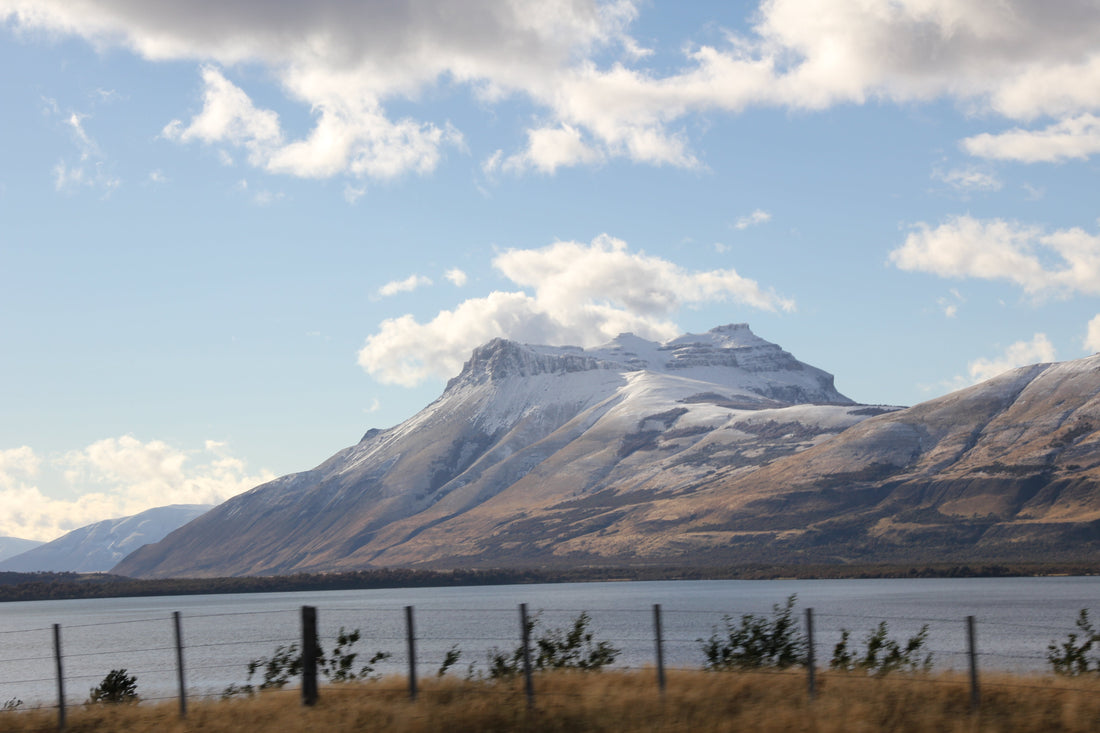
Patagonia, Chile: Where Ice, Wind, and Silence Shape the Story
A rare look into places that still belong to themselves
There are parts of the world that resist definition. Patagonia — especially southern Chile between Punta Arenas, Puerto Natales, and Torres del Paine — is one of them. It’s not made for tourism brochures. It’s made for those who notice. Those who stand still, feel the wind, and look a little longer.
Starting Point: Punta Arenas
At the edge of the Strait of Magellan, Punta Arenas is a gateway, not a destination — but don’t rush through it. The city is shaped by its weather: sharp winds, vast skies, and a kind of blue that seems to live in the air itself.
There’s a calm strength here — ships anchored along the shore, old colonial buildings that still hold their shape, and locals who speak little but see much. April brings thinner crowds and shifting skies. The colors become more muted. The feeling more real.
 Transition North: The Road to Puerto Natales
Transition North: The Road to Puerto Natales
Leaving Punta Arenas, the road north begins to climb into empty openness. Here, the distances are vast and the scenery changes slowly — from rolling plains to the first outlines of snow-tipped peaks.
Puerto Natales sits quietly at the edge of this transformation. The town is framed by water on one side and distant mountains on the other. It’s a place to regroup, to plan, and to look out at the wildness waiting just beyond.
Wooden houses line the streets. The wind never fully stops. On calm days, the surface of the harbor mirrors the sky — and the light plays tricks. This is not a place for rush or noise. It’s a place for observation.

Westward into the Fjords
To the west, the fjords begin. Traveling toward the Pacific, water cuts into land like a slow breath. Sharp black cliffs rise from silver-gray water. Rain hangs low. Ice clings to mountainsides. Every turn reveals another fragment of untouched geometry.
There are no villages. No phone signal. Just scale.
This part of Patagonia feels like it’s looking back at you — not with malice, but with indifference. And in that indifference, there’s something pure. You realize how rare it is to be in a place that doesn’t ask to be photographed — because it simply doesn’t need to be.
Lago Grey and the Glacier
Moving inland, Lago Grey appears like a cold mirror. Massive chunks of ice drift silently, each sculpted by time and light. The Grey Glacier stretches back into the distance, blue-tinted and fractured, as if the planet itself left a message in code.
The air is still. Even whispers feel too loud.
Sometimes, a piece of the glacier breaks off and crashes into the lake. It’s not just a sound — it’s a statement. A reminder that this landscape is alive. Always moving. Always aging. And rarely noticed in real time.
Torres del Paine — Vertical Truth
Further north, the landscape shifts again. Torres del Paine National Park is where rock becomes story. Towering peaks — the famous Tres Torres — rise like myths carved from stone. Surrounding them: turquoise lakes, golden plains, fast rivers, and weather that changes faster than forecasts.
This isn’t a park that invites control. It requires adaptation.
Paths are clear but never easy. Wind becomes a companion. The towers aren’t always visible — sometimes they hide in cloud. But when they appear, it’s almost too much. They don’t just dominate the skyline — they interrupt thought.

No sign, no filter, no drone could replace what it feels like to look up at them with your own eyes.
See more scenes captured on this wonderful trip below. Diving into nature, people, culture, architecture, food and friendship. Not filtered, not staged, not part of an algorithm — just real life, as it happens. *Please respect the copyright of the owner.
